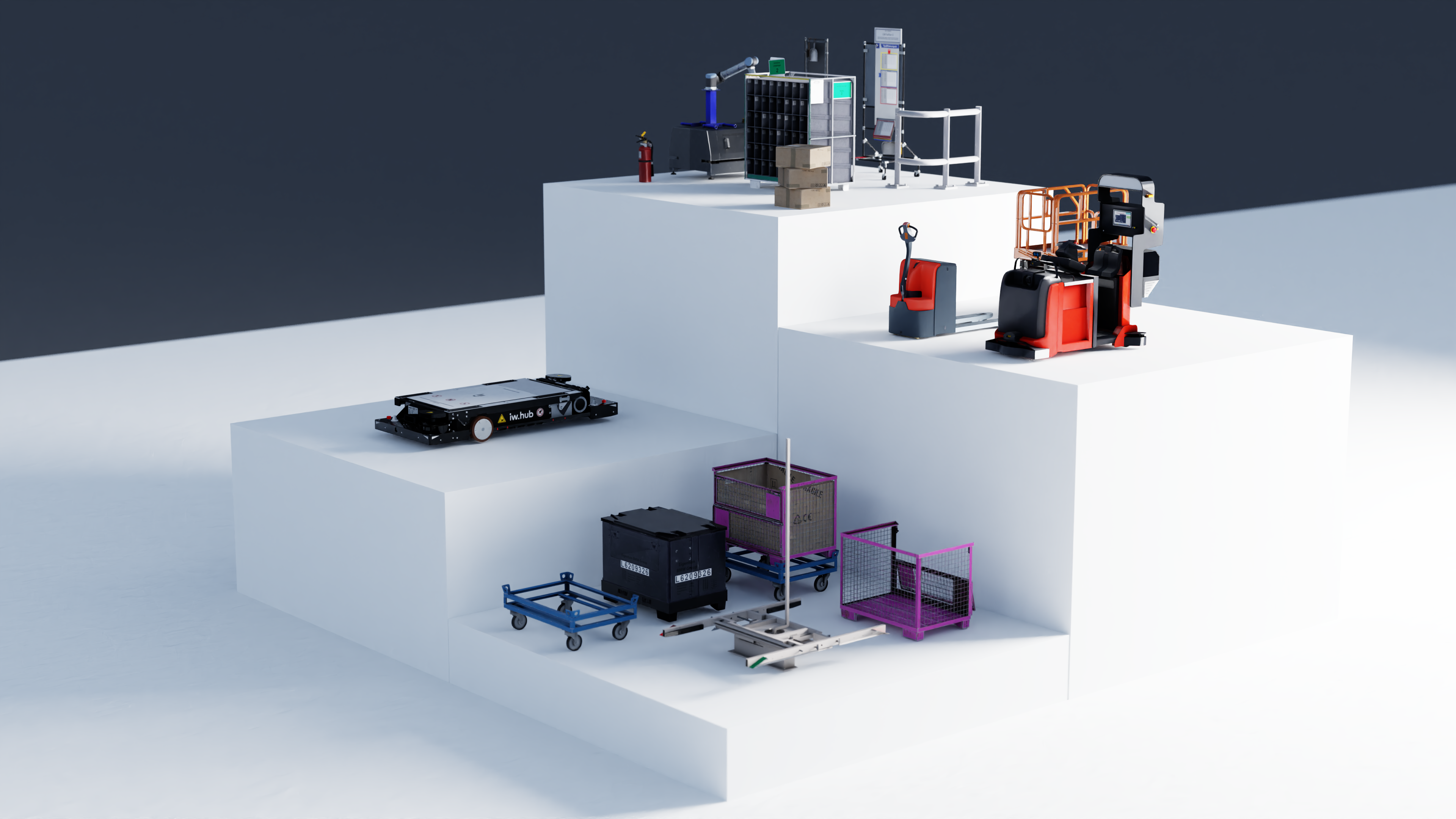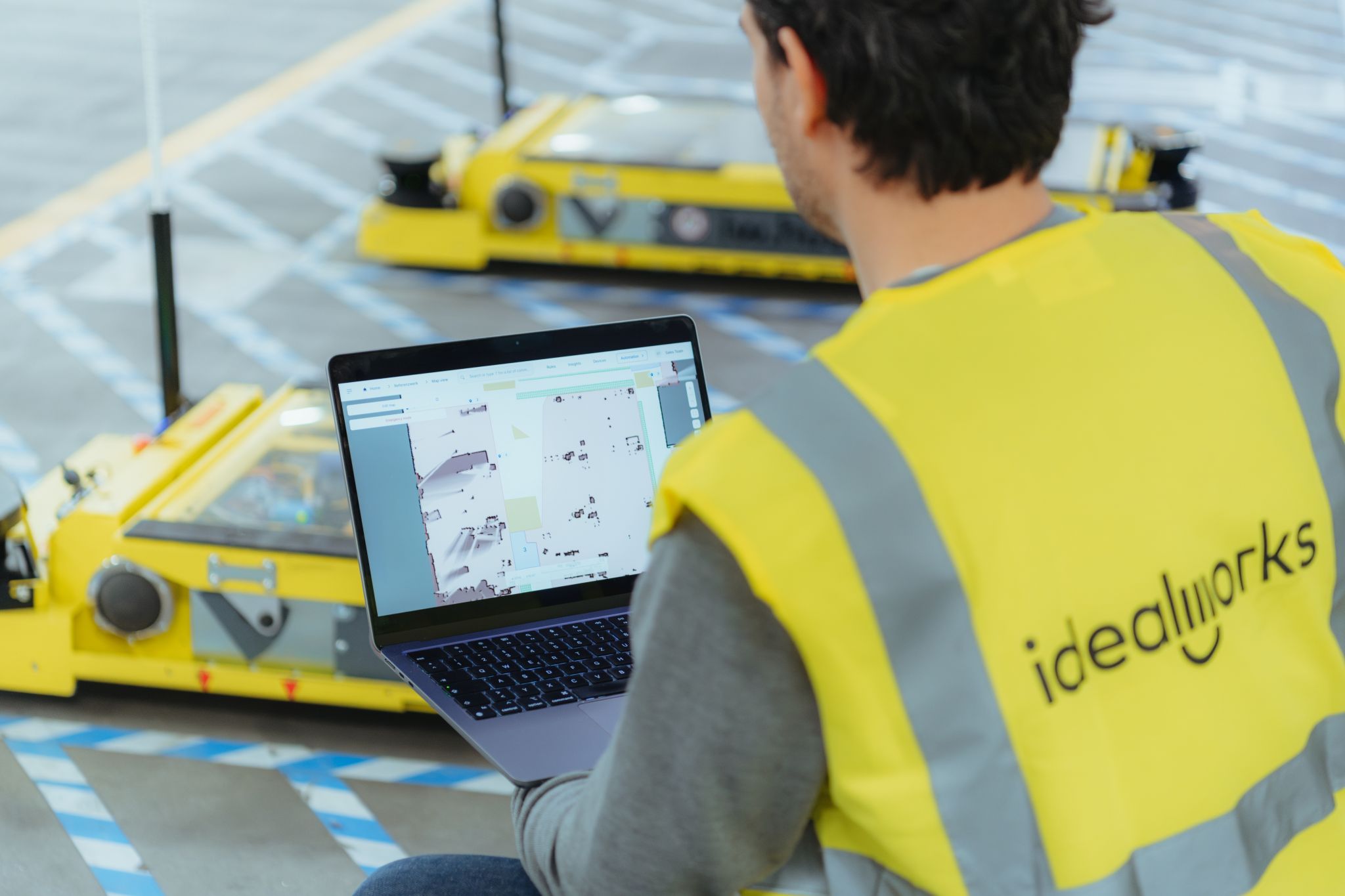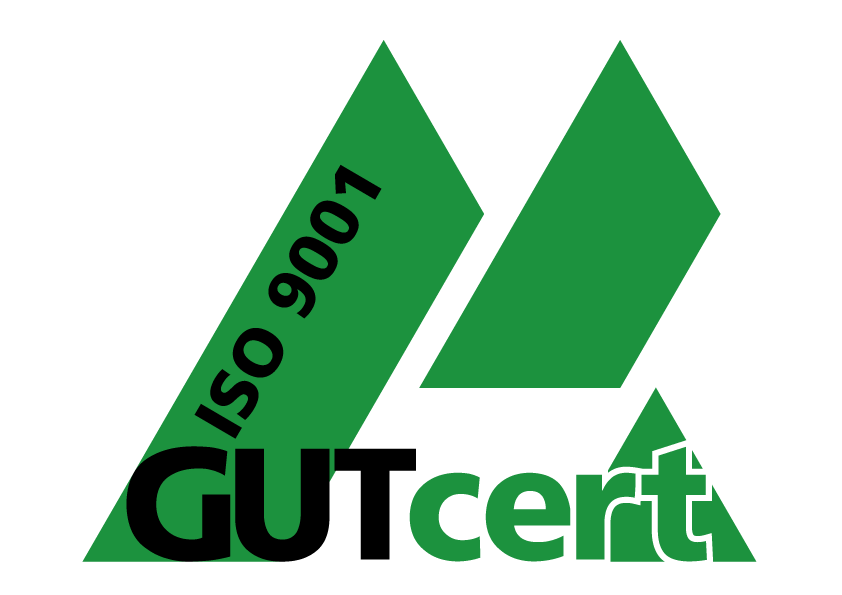March 2024
In recent years, driverless transport technology has revolutionized the industry. The image of an intelligent fleet of robots smoothly navigating complex production halls, guided by standards like VDA 5050, is increasingly becoming a reality. For those already immersed in the world of automated guided vehicles (AGV) or autonomous mobile robots (AMR), no further introduction is needed: VDA 5050 is a standard that significantly shapes not only the automotive industry but also holds great relevance in various other significant sectors.
In this interview, we delve into the depths of VDA 5050 alongside Susanne Junghans, Project Engineer at idealworks, to understand how the guideline promotes interoperability in complex production environments and the key role it plays in the flexibility and scalability of mobile robot fleets.
What do the acronyms VDA and VDMA stand for?
VDA is the Association of the Automotive Industry. It represents the interests of this industry and promotes dialogue between manufacturers, suppliers, and service providers. VDA plays an important role in the development of standards, guidelines, and technological innovations in the automotive sector. VDMA is the German Engineering Federation, representing the interests of more than 3,600 member companies. VDMA plays a key role in promoting technology, innovation, and international cooperation in the German mechanical engineering industry.
How are the two associations connected to the VDA 5050 guideline?
The connection of the associations to the guideline can be outlined as follows: VDA represents the user side, while VDMA represents the manufacturer side. This ensures that both interests and expertise are adequately represented in the core team. It is important to note that the VDA 5050 guideline was developed in collaboration between both associations.
Why is VDA 5050 of particular importance to the automotive industry?
VDA 5050 plays a crucial role in the automotive industry because it can address particularly complex use cases that are common in this sector. Due to the diversity and complexity of requirements in the automotive industry, VDA 5050 offers a flexible solution to meet these challenges and to enable seamless integration of driverless transport systems, AGVs and AMRs. The guideline promotes interoperability between different types of mobile robots and facilitates their integration into production environments. The necessary flexibility in adapting to changing production processes is also essential. VDA 5050 allows for the subsequent integration of both additional robots and different types of robots, completely independent of manufacturers. Thus, the robot fleet can be expanded according to requirements.
How closely is VDA 5050 tied to the automotive industry?
While the initial impetus for development came from VDA and VDMA, the intention from the outset was to create an interface that is not limited to a specific industry. Therefore, VDA 5050 is not exclusively oriented towards the automotive industry but rather open to applications in various sectors. The standard is already being successfully used in areas such as healthcare, e-commerce, and logistics service providers.
What problems does the VDA 5050 standard aim to address?
VDA 5050 focuses on tackling interoperability issues in complex production environments. In the past, various manufacturers had their own master control systems that exclusively integrated their own robots. However, to control the deployment of robots from different manufacturers in the same environment, an additional central control system was required to coordinate all other master control systems in use. VDA 5050 solves this problem with an interface for a central master control system, rendering manufacturer-specific control systems unnecessary. This means that all robots within a physical space communicate in the same language with a central master control system.
What exactly are the benefits for the user?
For the user, this means that they can build and expand their robot fleet gradually. If their production environment changes, they can dynamically respond to it. Scalability and investment security consequently play a significant role. Additionally, the effort required to integrate other types of robots into the central control system is reduced by the standardized communication via VDA 5050.
What challenges or hurdles does VDA 5050 bring?
From my perspective, there are two main challenges associated with VDA 5050. Firstly, it is crucial to minimize the room for interpretation in the interpretation of the standard itself already in its definition stage. Secondly, we must ensure a balanced approach between generalization and individualization.
How can such an interface be interpreted?
In VDA 5050, we define variables and their corresponding values for the exchange of information between the robot and the master control system. These variables reflect physical values, such as the position and orientation of the robot in a physical space. When defining these variables for VDA 5050, we must clearly specify through naming and description how they can be interpreted in the physical world. For example, through VDA 5050, we can instruct the robot not only where to drive but also how precisely to approach a specific position. The guideline defines an allowable deviation from the actual position. In the past, it has been observed that this additional deviation is interpreted differently. Sometimes, it is referenced to the absolute position in a physical space, or it could be interpreted based on the accuracy with which the robot can reach that position, depending on its technical capabilities.
Can you further specify what is meant by generalization and individualization?
The guideline aims to generalize to reduce the effort required to integrate individual mobile robots into the master control system. However, we still need a certain level of individualization to accommodate a variety of robot types with diverse levels of autonomy in different use cases. Therefore, a suitable interface is crucial to ensure the right balance so as not to exclude any use cases. Nevertheless, the degree of customization should be kept to a minimum to maintain the relevance of the VDA 5050 guideline.
Can you give an outlook on what developments we can expect in 2024 in relation to VDA 5050?
Currently, the VDA 5050 core team is working on finalizing version 2.1.0, which is scheduled to be released in the summer. This release includes an expansion related to map distribution. At the same time, we are already planning the next release, which introduces a zone concept and further advances the integration of all autonomy levels.
We look forward to hearing from you! If you would like to find out more about the application of this standard in our intelligent automation platform, AnyFleet, please do not hesitate to reach out to us via our contact form.




